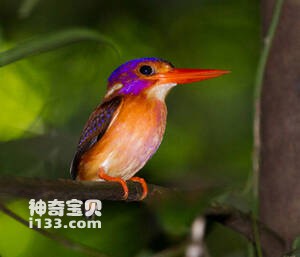
Ceyx fallax Schlegel
Ceyx fallax Schlegel,Sulawesi Pygmy Kingfisher
Ceyx fallax Schlegel, Sulawesi Pygmy Kingfisher, has two subspecies (1.Ceyx ···
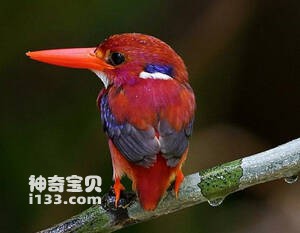
Ceyx melanurus
Ceyx melanurus,Philippine Dwarf-kingfisher
Ceyx melanurus, Philippine Dwarf kingfisher, has three subspecies (1.Ceyx me···
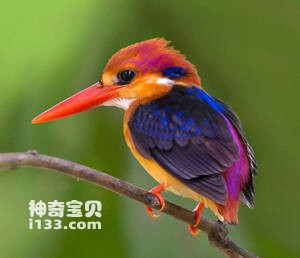
Ceyx erithaca
Ceyx erithaca,Three-toed Kingfisher
The scientific name Ceyx erithaca, three-toed Kingfisher, has Three subspeci···

Alcedo semitorquata
Alcedo semitorquata,Half-collared kingfisher
Alcedo semitorquata, Half-collared kingfisher, is a bird belonging to the cl···
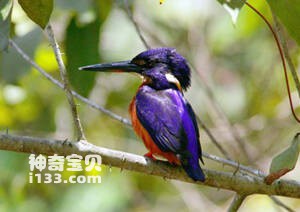
Alcedo quadribrachys
Alcedo quadribrachys,Shining-blue Kingfisher
Scientific name flash blue Kingfisher Alcedo quadribrachys, Shining - blue K···
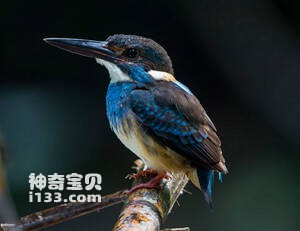
Alcedo euryzona
Alcedo euryzona,Blue-banded Kingfisher
Alcedo euryzona, also known as the Blue-banded Kingfisher, has two subspecie···
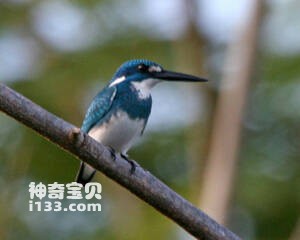
Alcedo coerulescens
Alcedo coerulescens,Small Blue Kingfisher,Cerulean kingfisher
Alcedo coerulescens, or Small Blue Kingfisher or Cerulean kingfisher, is a s···
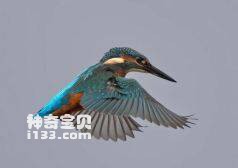
Alcedo atthis
Alcedo atthis,Common Kingfisher,European Kingfisher,Kingfisher, Martin-pêcheur d'Europe, رفراف شائع
The Common Kingfisher scientific name Alcedo atthis, foreign language name C···
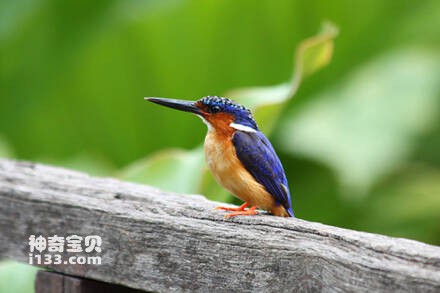
Alcedo vintsioides
Alcedo vintsioides,Madagascar Kingfisher
Alcedo vintsioides is known as Madagascar Kingfisher and Alcedo vintsioides,···
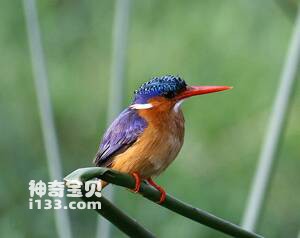
Corythornis cristatus
Corythornis cristatus,Malachite Kingfisher
Corythornis cristatus, Malachite Kingfisher, Alcedo cristata, has three subs···
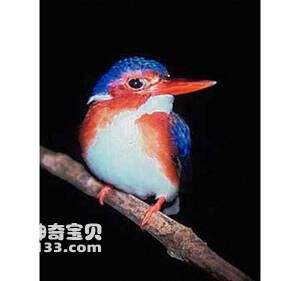
Alcedo leucogaster
Alcedo leucogaster,White-bellied Kingfisher
White-bellied Kingfisher: Corythornis leucogaster, Alcedo leucogaster, White···
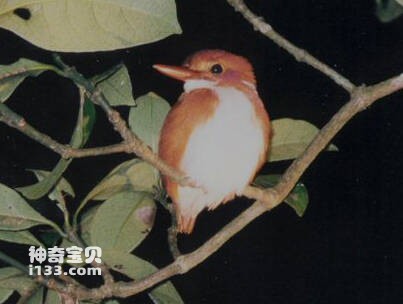
Ispidina madagascariensis
Ispidina madagascariensis,Ceyx madagascariensis,Madagascan pygmy kingfisher,Alcedo madagascariensis
The scientific name of the small kingfisher is Ispidina madagascariensis, Ce···
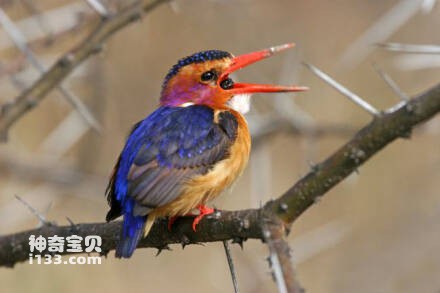
Ispidina picta
Ispidina picta,African Pygmy-kingfisher
Ispidina picta (African Pygomy-Kingfisher) has three subspecies (1.Ispidina ···
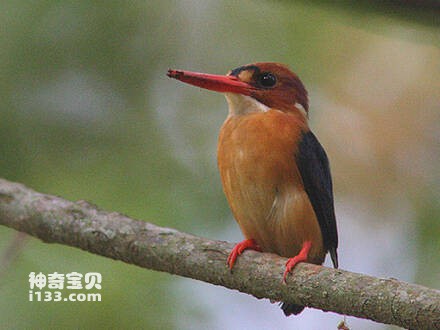
Ispidina lecontei
Ispidina lecontei,African Dwarf-kingfisher
Ispidina lecontei, African Dwarf kingfisher, has two subspecies (1.Ispidina ···
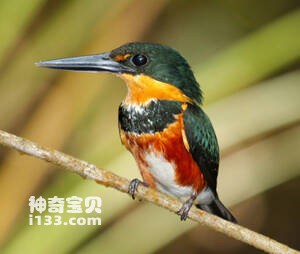
Chloroceryle aenea
Chloroceryle aenea,Pygmy Kingfisher
Chloroceryle aenea, also known as Pygmy Kingfisher, has two subspecies (1.Ch···
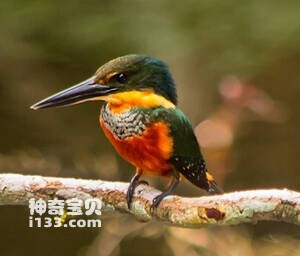
Chloroceryle inda
Chloroceryle inda,Green-and-rufous Kingfisher
Chloroceryle inda, also known as Green-and-rufous Kingfisher, is a species o···
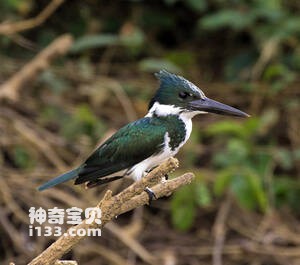
Chloroceryle amazona
Chloroceryle amazona,Amazon Kingfisher
Chloroceryle amazona, the scientific name of the Amazon green fish dog, is t···
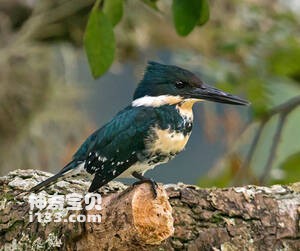
Chloroceryle americana
Chloroceryle americana,Green Kingfisher
Chloroceryle americana, also known as Green Kingfisher, has five subspecies ···
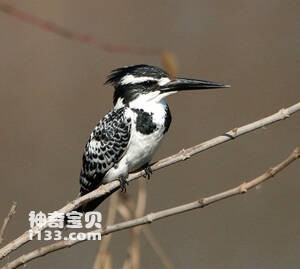
Ceryle rudis
Ceryle rudis,Pied kingfisher
Ceryle rudis, Pied kingfisher, has four subspecies (1. The common subspecies···
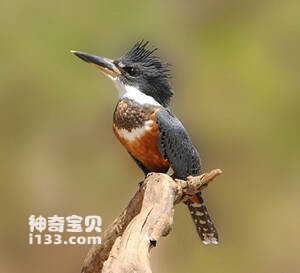
Ceryle torquata
Ceryle torquata,Megaceryle torquata,Ringed Kingfisher
Ceryle torquata, Megaceryle torquata, Ringed Kingfisher, no subspecies.The b···
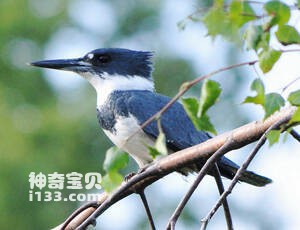
Ceryle alcyon
Ceryle alcyon,Belted Kingfisher
Ceryle alcyon, Belted Kingfisher, no subspecies.White-bellies emit clear chi···
